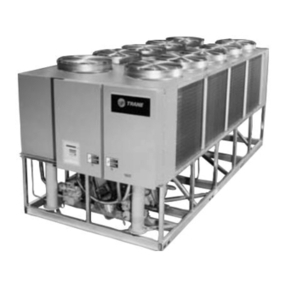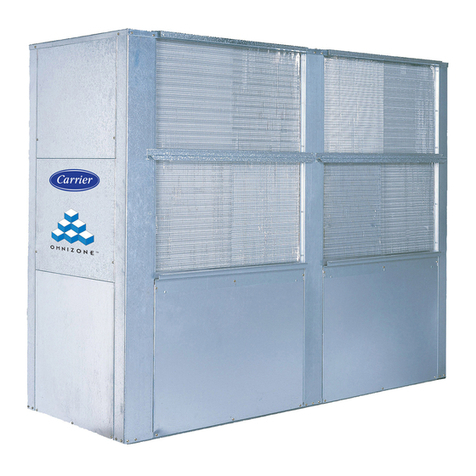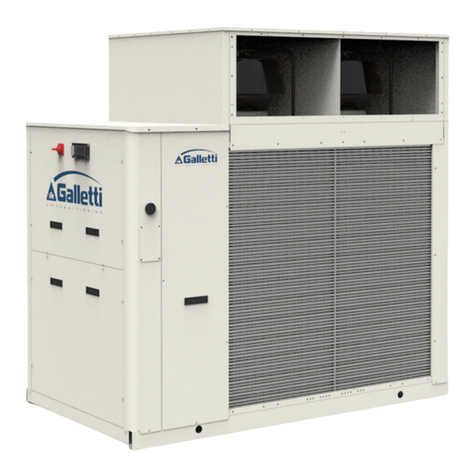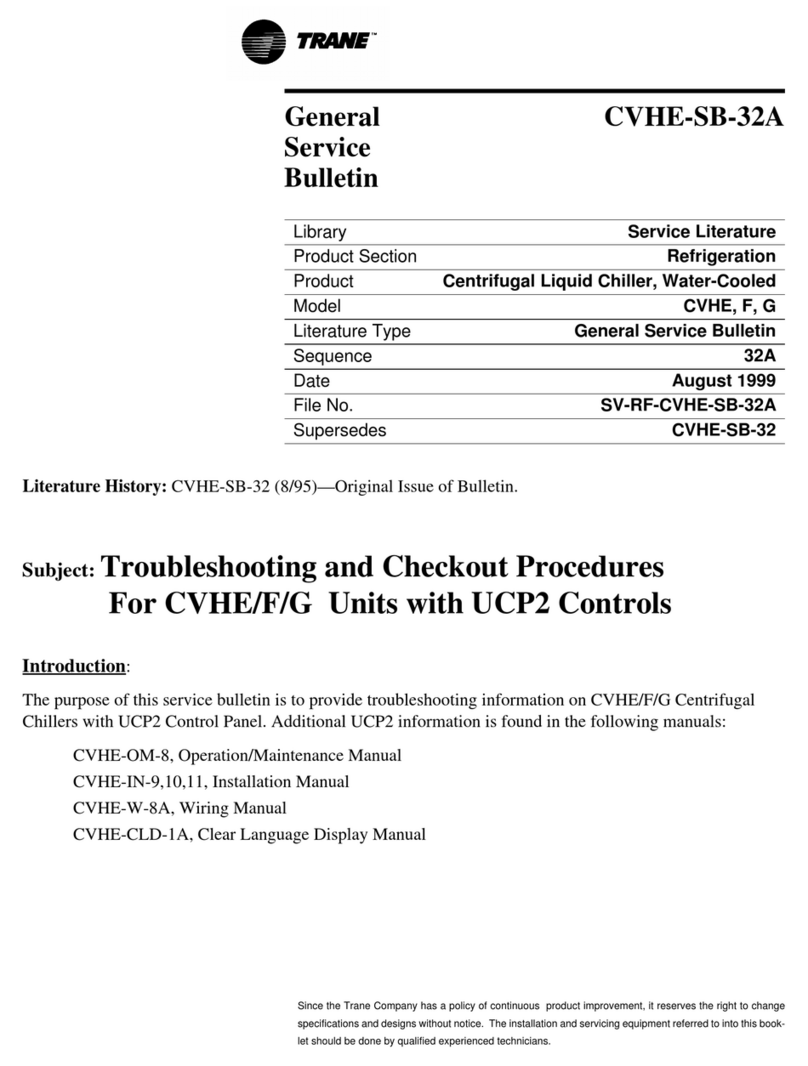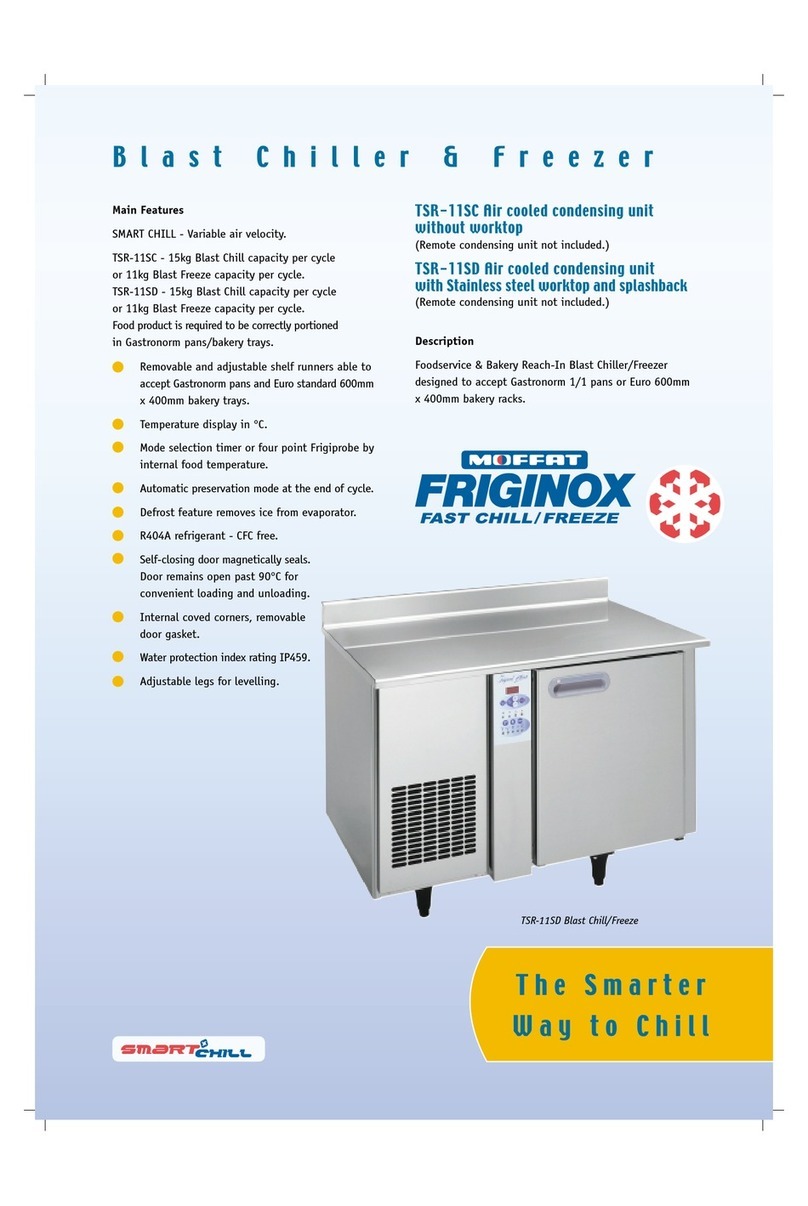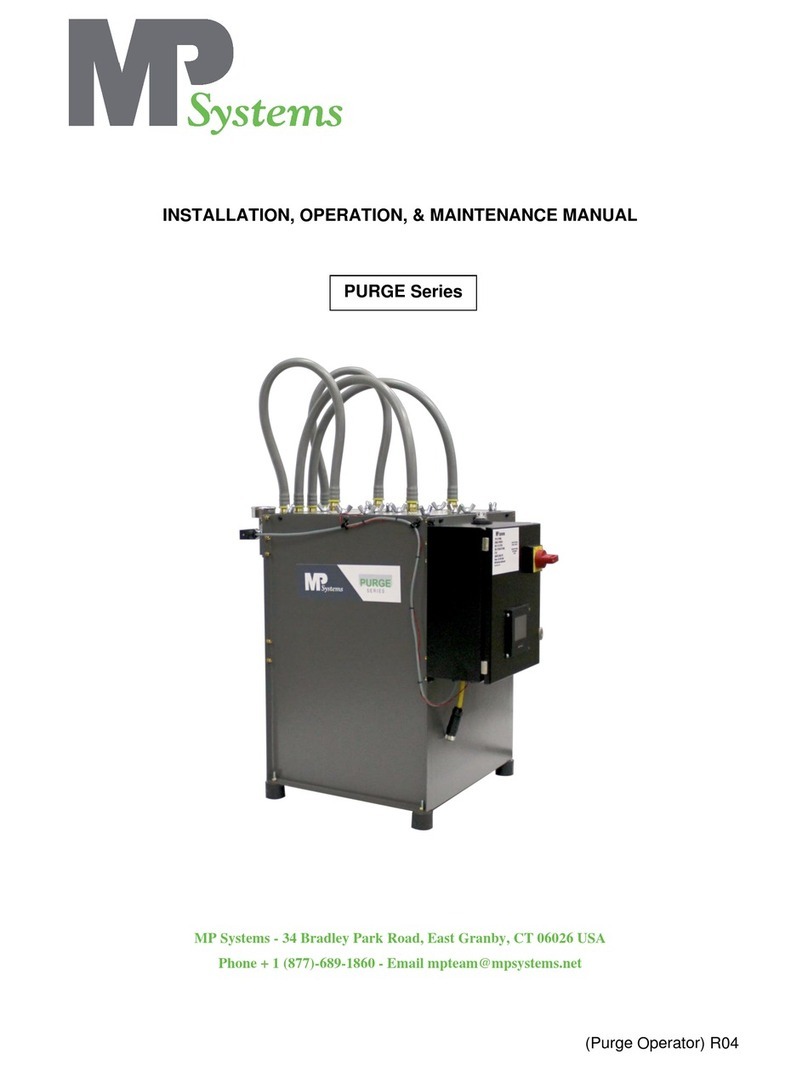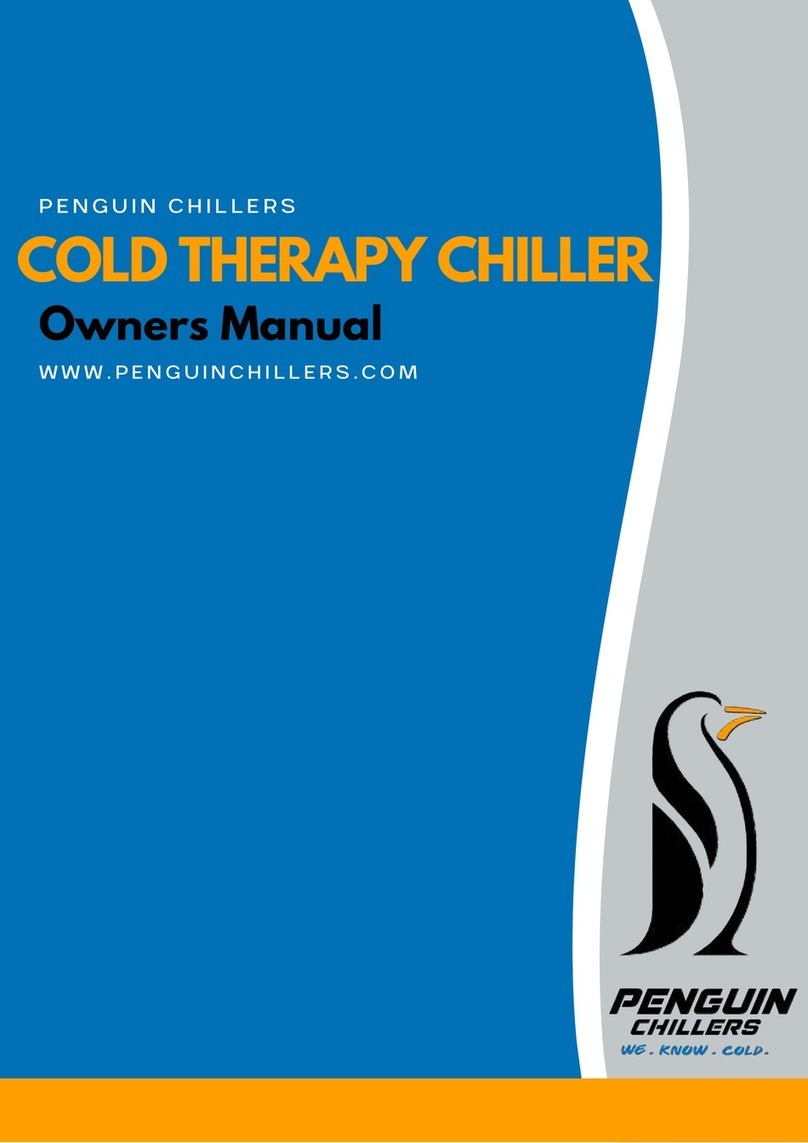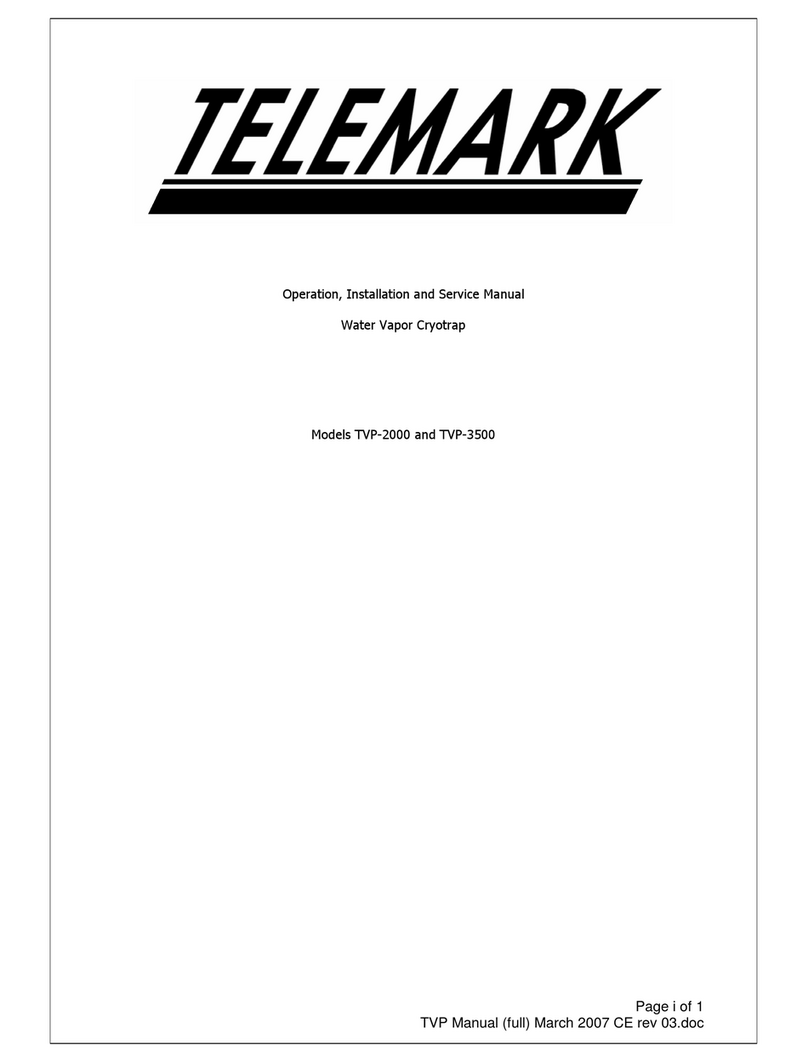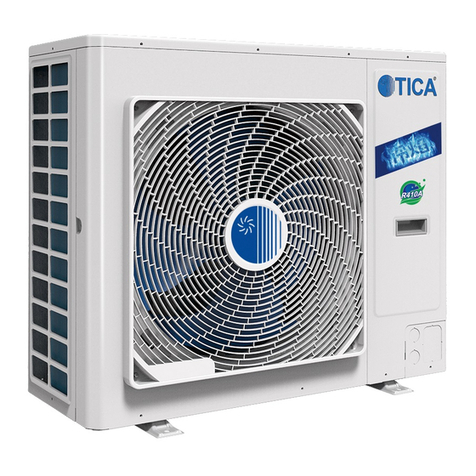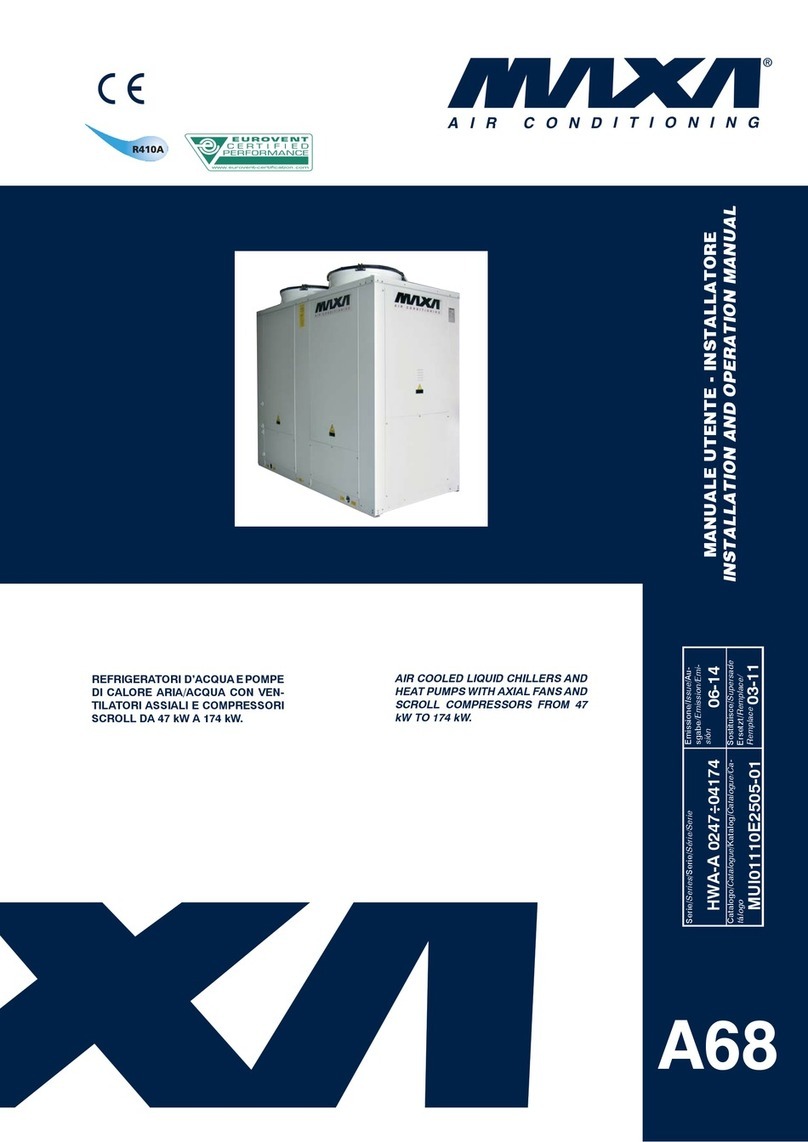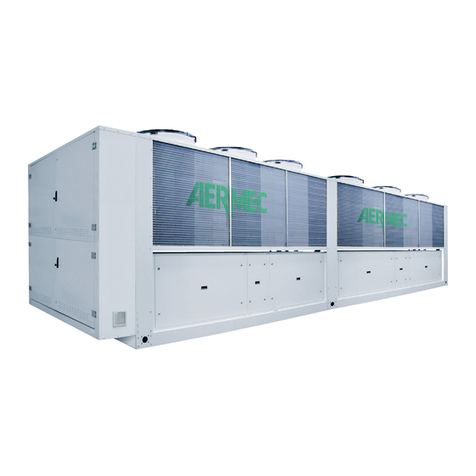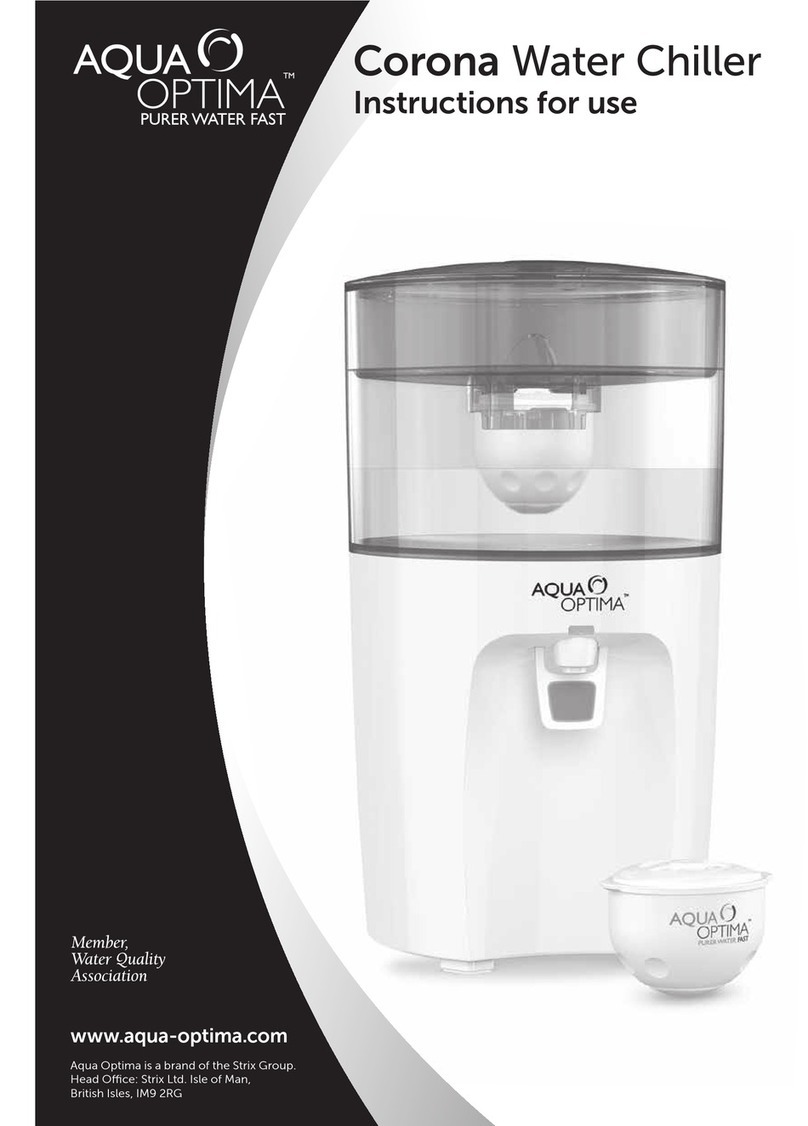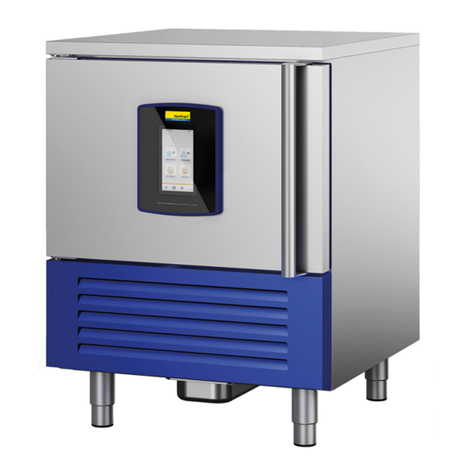
1
OTC Series Air Cooled Chiller
Operation and Installation Manual
Page
Section 1 – Preface ......................................................................................................................... 2
Section 2 – About this Manual......................................................................................................... 2
2.1 General.................................................................................................................................. 2
2.2 Warnings and Safety Symbols.............................................................................................. 2
Section 3 – General Information...................................................................................................... 3
3.1 Safety Precautions................................................................................................................ 3
3.2 Compliance ........................................................................................................................... 4
3.3 Service and Support.............................................................................................................. 4
Section 4 – Unpacking..................................................................................................................... 5
4.1 Receiving / Inspection........................................................................................................... 5
4.2 Handling, Transporting and Storage..................................................................................... 5
4.3 Package Contents................................................................................................................. 5
Section 5 – Description.................................................................................................................... 6
5.1 Overview of Liquid Chillers.................................................................................................... 6
5.2 Specifications and Available Options.................................................................................... 7
5.4 System Construction Standards.......................................................................................... 15
Section 6 – Installation .................................................................................................................. 15
6.1 Chiller Location.................................................................................................................... 15
6.2 Process Fluid Connection ................................................................................................... 15
6.3 Chilled Water Lines............................................................................................................. 16
6.4 Overhead Piping and Drain Back Prevention .................................................................... 17
6.5 Electrical Connection .......................................................................................................... 17
Section 7 – Operation and Start Up............................................................................................... 18
7.1 General Start Up Information.............................................................................................. 18
7.2 Operating Temperature Range Limits................................................................................. 19
7.3 Fluid Selection, Water Quality and Corrosion Protection.................................................... 19
7.4 Control Interface Layout...................................................................................................... 19
7.5 Fluid Fill............................................................................................................................... 20
7.6 Starting the Unit................................................................................................................... 20
7.7 Temperature Setting and Adjustment ................................................................................. 20
7.8 Fluid Bypass Valve Setting and Adjustment....................................................................... 23
7.9 System Fluid Drainage........................................................................................................ 23
Section 8 – Maintenance............................................................................................................... 24
Section 9 – Troubleshooting.......................................................................................................... 25
9.1 Low Refrigerant Check........................................................................................................ 26
Section 10 – Replacement Parts................................................................................................... 28
Section 11 – Warranty and Service............................................................................................... 29
Section 12 – Appendix................................................................................................................... 33
12.1 Dew Point / Temperature Chart ........................................................................................ 33
12.2 Description of Optional System Components................................................................... 34
12.3 Electrical Schematic.......................................................................................................... 35
12.5 Refrigeration Diagram....................................................................................................... 37
12.7 Water Quality Guidelines .................................................................................................. 39
12.8 Pump Curves..................................................................................................................... 40
12.9 RoHS Material Table......................................................................................................... 42
12.10 Electrical Interfacing........................................................................................................ 43
12.11 Dimensional Drawings .................................................................................................... 44
12.12 Temperature Control Parameters ................................................................................... 45
12.13 Glycol Tables................................................................................................................... 46
12.14 Notes............................................................................................................................... 47
